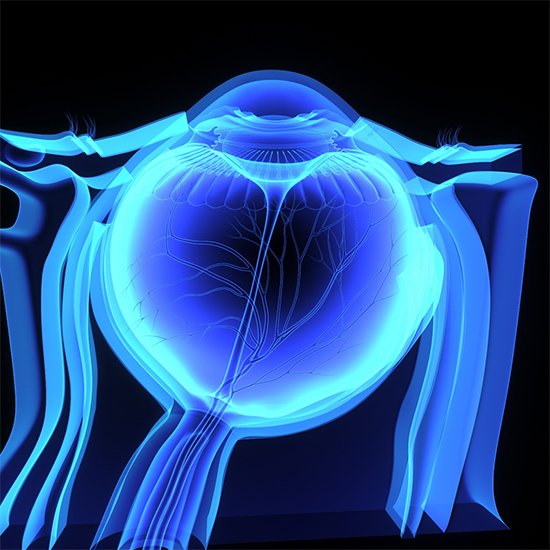 |
Last month, a study by the University of Melbourne and Centre for Eye Research in Australia, published in the British Journal of Ophthalmology, used a deep learning model to analyze more than 80,000 retinal images. (In deep learning, a computer model learns to perform classification tasks directly from images, text, or sound.) The model determined a biological age from the retinal image which was then compared to the patient’s chronological age. The comparisons began with more than 11,000 healthy people to assess the model’s accuracy on the premise that retinal age as determined by the model would be similar to chronological age. The model was accurate to within 3.5 years.
When the remaining images were analyzed, more than half showed a difference of more than three years between biological age and chronological age, which researchers referred to as retinal age gap. Patients with this higher retinal age gap were monitored for an average of eleven years. The study found that each year of difference in the retinal age gap was associated with a 2% increase in the risk of mortality from any cause. It’s interesting to note that the study didn't find a link between retinal age gap and death due to cardiovascular disease or cancer, and because this was strictly an observational study, it did not identify a cause/effect relationship between the retinal age gap and mortality.
More study is needed, but these results are a strong indication that the retina can reveal the cumulative effects of aging on the body as well as existing systemic issues. What’s more, eye care professionals using non-invasive techniques will have an even greater opportunity to educate patients about lifestyle changes, not only for their current eye and overall health, but their future health, too.
Learn more about age-related changes to our eyes with our CE, The Mature Contact Lens Patient, at 2020mag.com/ce.













